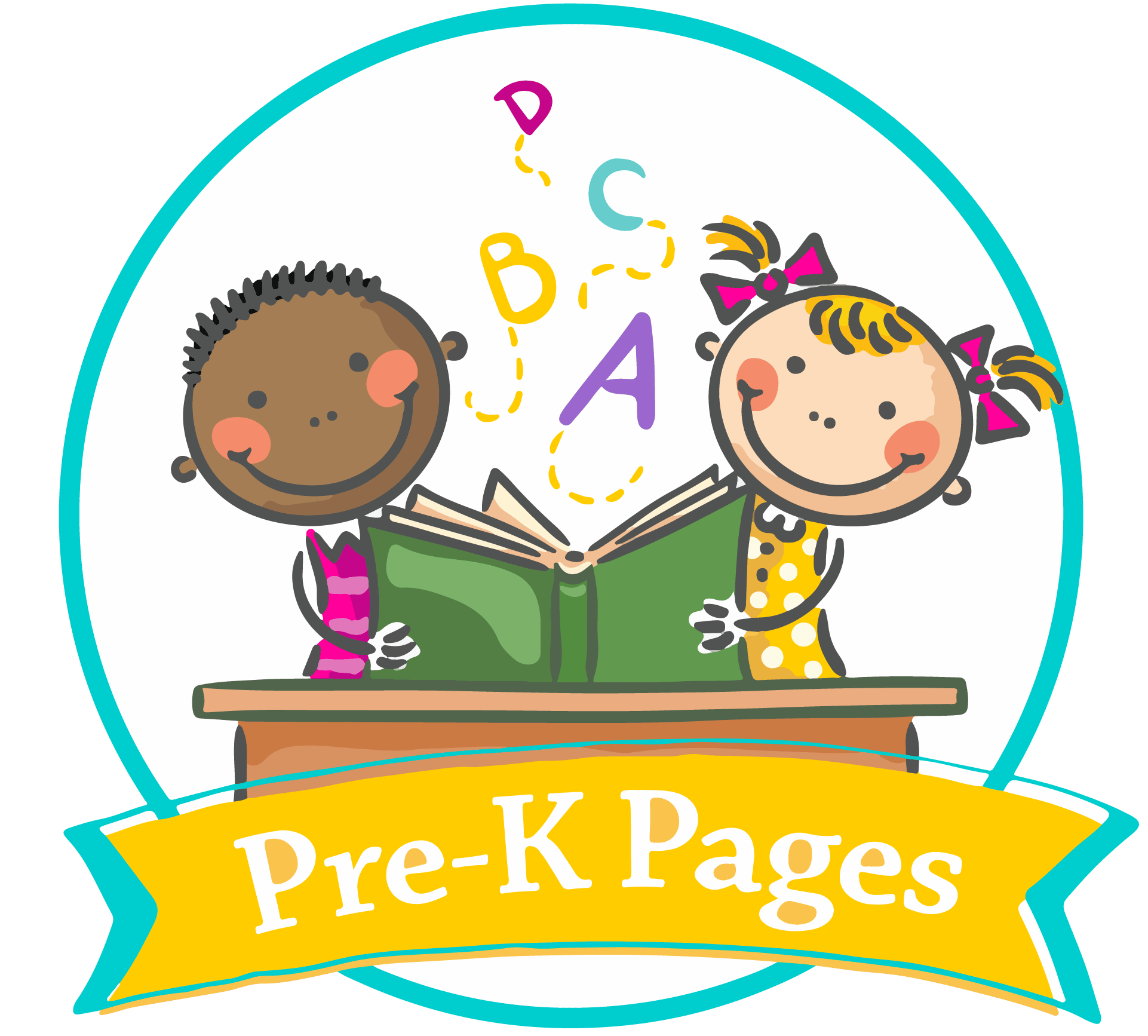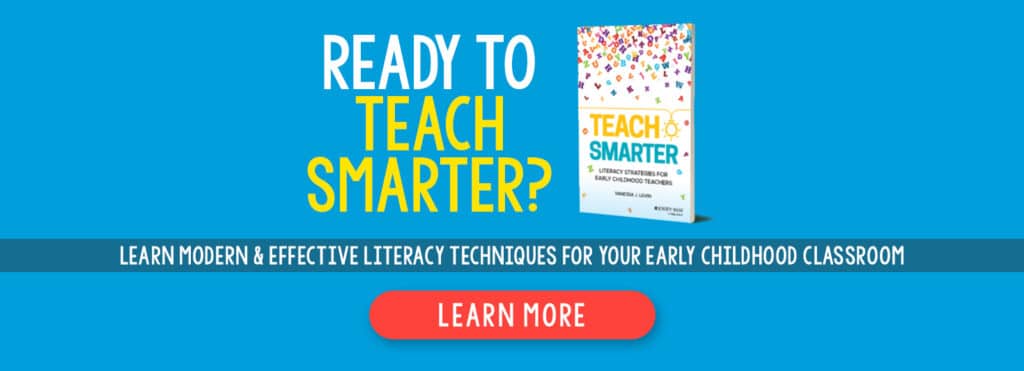Picking up from last week’s episode, we continue on today with my discussion with fellow preschool educator, Allison McDonald, about the Science of Reading.
In the last episode of Elevating Early Childhood, Allison and I discussed the science of reading, the importance of oral language development, and how you can help your students create a foundation for literacy.
Today, we pick up again and discuss even more exciting (and fun) subjects, such as the importance of being intentional with your teaching (yes, it’s possible to do that in preschool!), if sound walls are really necessary, the difference between phonemic awareness and phonological awareness, and a bunch of other great stuff!
So, without further ado, let’s get to it!
You Can Add Intention to Your Teaching, Even in Pre-K
One of the things Allison and I mentioned in last week’s episode (part 1 of this interview, if you haven’t listened to it, you can find it here) was that so many of the resources out there are not made for preschool.
They’re made for grades and ages older than our students, so if you like to incorporate a lot of fun things in your teaching, it can make it difficult. However, you can do as Allison does, which is throw out a lot of things and see where her students are at.
That kind of teaching works really well in preschool, however, being intentional can also help. Intentional, not prescribed, not scripted. This means having a kind of routine, but not a curriculum set in stone. For example, you can make sure you’re doing syllables every two weeks and rhyming every week, etc.… without being too forceful about it.
And both Allison and I believe every childhood educator can do this. They can also use the resources they already have to achieve it, so if you’re a childhood educator, don’t be afraid to jump into those resources and take what you can from them to refine, not change, but refine your methods.
A lot of childhood educators, especially ones who don’t have a university degree, might feel like they can’t do that. But they absolutely can, because they’re smart professionals and a degree can’t quantify how good of an educator they are.
Why the Right Terminology Matters
Something else the science of reading does right is show how important it is to use the right terminology.
For example, a lot of people would use “sounds” and “letters” interchangeably. However, that can be really confusing, especially to young children. Being mindful of how you ask questions and what words you use while teaching young children is important.
Another thing they mention in the book that Allison wants to incorporate more in her own teaching is articulatory gestures. It sounds like a mouthful, but it’s really quite easy! Articulatory gestures are simply the way your mouth looks when you make a sound or say a word.
Both Allison and I think it’s a great way to help children learn how sounds and language work.
The Difference Between Phonemic Awareness and Phonological Awareness
Something else the book mentioned that we discussed in this episode was the difference between phonemic awareness and phonological awareness.
Think of phonological awareness as an umbrella, and underneath it is phonemic awareness. Phonemic awareness is about sounds only while phonological awareness is about sounds, rhyming, alliteration, etc.… Being aware of the difference between these two concepts will help you be a better childhood educator.
The Science of Reading’s More Controversial Parts
A lot of the things in the science of reading that have caused controversy were concepts that were too complicated for the preschool and kindergarten levels. Those parts are more for older grades.
The concepts I’m talking about are: Sight words and the MSV (meaning, structure, and visual). These two concepts are the crux of the science of reading that are causing a lot of controversy.
However, the book’s authors have made it clear that it was for older children.
We dive into this more in today’s episode of Elevating Early Childhood, so if you’d like a full-on view of what Allison and I think of the science of reading, make sure to give the episode above a listen!

![EEC14_wide [Image: The science of reading]](https://www.pre-kpages.com/wp-content/uploads/2021/08/EEC14_wide-1024x576.jpg)
![[Image quote: "If we want our students to be better at a skill, we have to give them the opportunity to use and practice that skill." - Allison McDonald]](https://www.pre-kpages.com/wp-content/uploads/2021/08/EEC014_quote1-1024x1024.jpg)
![[Image quote: "Phonological awareness is about all the different types of sounds." - Vanessa Levin]](https://www.pre-kpages.com/wp-content/uploads/2021/08/EEC014_quote3-1024x1024.jpg)
